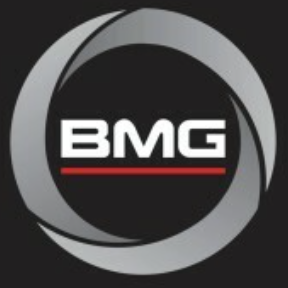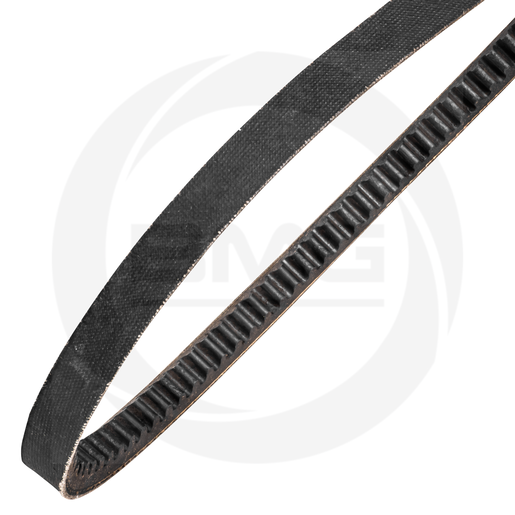V belt drives are well-liked ways to transfer power from one pulley to another. They’re made from a rubber or synthetic material v-shaped belt that matches the grooves on the pulleys. When the belt moves, it creates friction between the pulleys; therefore, the driven pulley rotates in the same direction. This rotation is often used to power pumps, fans, and other machinery. V belt drives are known for their efficiency and reliability, making them popular for several applications.
Types of v belts and their specifications
V belts are power transmission belts that are utilized in tons of various industries. They’re called that because their trapezoidal cross-section suggests they will grip the pulleys and transmit power effectively. There are a couple of different types of v belts, and each has its features and uses.
● The most popular type is the classic v belt, which is made of rubber and features a fabric cover that makes it flexible and sturdy. It’s always utilized in industrial machines, cars, and farming equipment.
● The narrow v belt is additionally referred to as SPZ, SPBA, SPB, or SPC, and it’s narrower and shorter than a classic v belt, so it’s better for higher-speed applications. It’s made from rubber and comes with a cloth cover, and will transmit up to 150 horsepower, making it perfect for light-to-medium-duty applications.
● Finally, variable speed v belts are also mentioned as V, Z, or ZZ belts. This sort of belt is characterized by its notch design on its inner side. This enables the belt to change its effective length and alter the speed ratio between the driving and driven pulley. The belt consists of rubber and is roofed with a cloth. It’s capable of transmitting power of up to 600 horsepower. Variable speed V belts are widely used in industrial machinery, mining equipment, and large-scale production plants.
Elastic couplings are a robot that connects two shafts while allowing some deformation and vibration.
Proper installation and maintenance tips for v belt drives.
There are a couple of belongings you must remember when installing and maintaining v belt drives.
● First, pick the proper v belt size and sort for your application. You’ll check the manufacturer’s specs or get advice from knowledgeable people.
● Second, confirm the v belt is tight enough to get the simplest power transmission. Too tight can cause the v belt to wear out and break down early, while too loose can cause slipping and lower efficiency.
Elastic couplings absorb vibrations and shocks in order they help protect the equipment from harm and reduce noise. They’re usually utilized in machines and equipment that require to be ready to move quickly and smoothly, like pumps, fans, and generators.
Conclusion
V belt drives are a reliable and versatile solution for various power transmission needs. By understanding their functioning, types, and proper maintenance, you’ll ensure optimal application performance and longevity.

